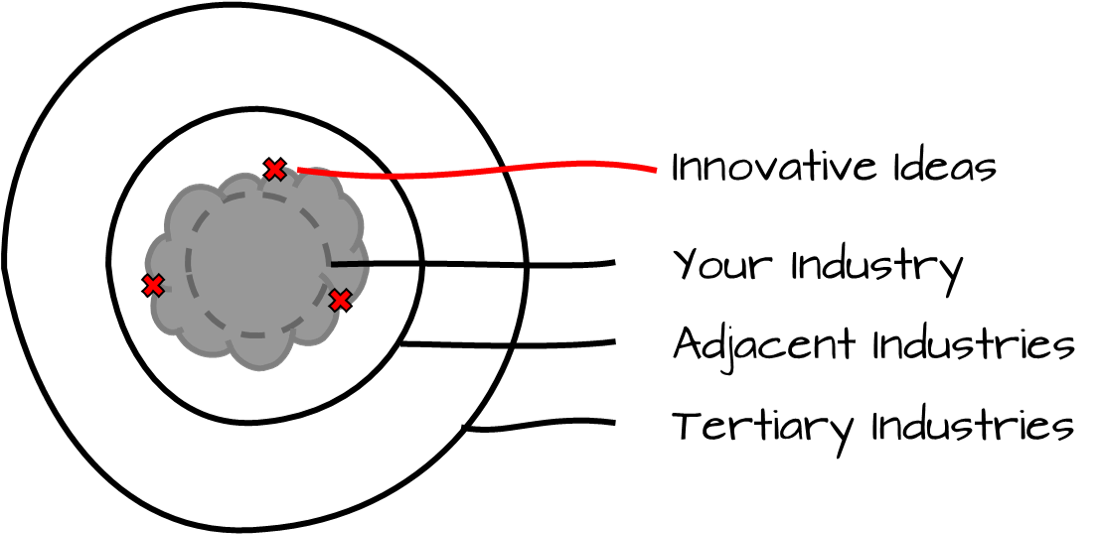Innovation through Radical Curiosity
People are curious creatures.
From the day we’re born, we have an unrestrained test-and-learn mindset.
Upon this curiosity we’ve built our understanding of the world and tamed its wildness into something more habitable.
The business world is no different. Curiosity, experimentation, and learning are the fuel that drives the engine of innovation.
And innovation is what drives progress.
The tricky thing about innovation in this day and age is it’s not easy to truly be innovative. The amount of information the world has at its fingertips makes it difficult to come up with new ideas that are beyond the reach of competitors.
To address this, I champion an approach I call “Radical Curiosity”.
Understanding Radical Curiosity
Radical Curiosity is about going deep on seemingly unaligned subject matters to build rich experiences and competitive advantages. It manifests itself in innovation culture through the exercise of quickly sourcing novel ideas from areas unrelated to your core business.
If we visualize the ecosystem your industry operates in, it is surrounded by a very big world that you understand very little.
As individuals seek innovative ideas, they test the edges of their understanding, stretching their knowledge ever so slightly across a variety of areas. There is a natural reluctance to go too far, too quickly in any one particular direction.
This type of curiosity radiates, expanding equally from the center outward like a drop of die in still water.
Radical Curiosity substitutes breadth for depth; moving like an arrow quickly and decisively in one particular direction.
This method of exploration helps organizations identify unique innovation opportunities that won’t be on the competitive radar, avoiding the tendency toward incrementalism.
Differentiation sourced from far beyond the typical ecosystem an organization competes in is sustainable.
Innovation from Radical Curiosity creates a moat.
Radical Curiosity requires a significant mindset shift at both the individual and organizational level.
If you aspire to be an innovator, I’ll leave you with three pieces of advice:
Be curious about the industries around you, regardless of whether there is a clear tie to your core business.
Constantly imagine how novel ideas could be applied to your industry, seeking connections that haven’t been made before.
When you sense an idea may have potential, jump in with both feet and try to get practical experience; don’t let your lack of knowledge inhibit experimentation.
Could your network find inspiration from Fenton’s thoughts on Radical Curiosity? Share below:





















